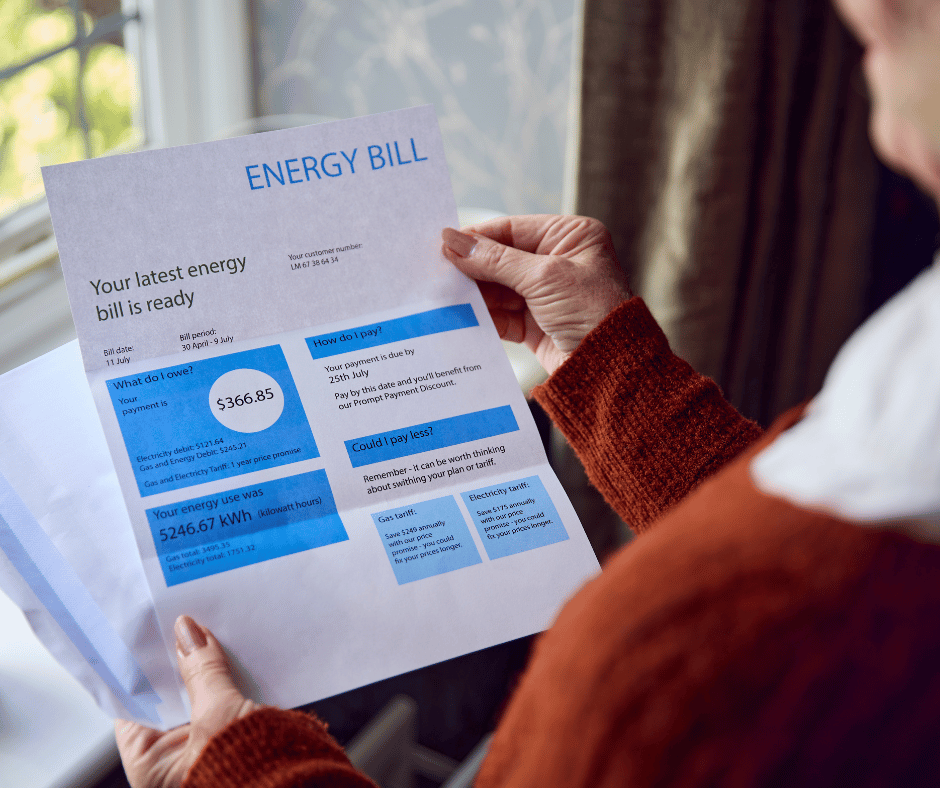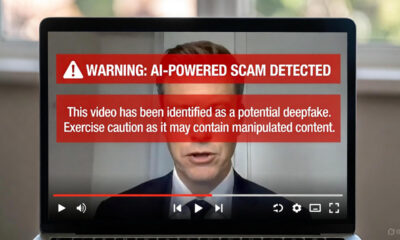National
Australia Free Power Plan: Inside the Government’s New Solar Sharer Offer
Australia’s electricity landscape is about to undergo one of its biggest shakeups in years. The federal government has announced a transformative new initiative designed to make energy cleaner, smarter, and — for millions of households — potentially much cheaper.
Set to begin rolling out in mid-2026, the program will first launch across New South Wales, South Australia, and south-east Queensland, giving households access to up to three hours of free electricity every day — even if they don’t own solar panels.
Officially named the Solar Sharer Offer, this initiative is informally referred to by some media outlets as the Australia free power plan — reflecting its promise to give households a few hours of no-cost energy each day when solar supply is highest.
Quick Overview
Here’s a quick summary of what’s on the table:
- Applies initially to NSW, SA, and south-east Queensland
- Launching from July 2026
- Offers free electricity for a set period each day
- Available to households with smart meters
- Designed to make use of Australia’s abundant solar power
This plan could redefine how Australians consume energy — encouraging smarter usage during the day, when solar power is plentiful.
Why the Government Is Changing the Energy System
Over the past decade, Australia has seen a massive surge in solar energy production. In fact, daytime power generation has become so strong that wholesale prices sometimes drop below zero, meaning electricity can be cheaper to give away than store or export.
According to The Guardian, Energy Minister Chris Bowen said the government’s goal is simple: to let everyday households share in those solar savings — not just homeowners with panels on their roofs.
By aligning consumption with solar availability, the government hopes to:
- Lower energy bills for households
- Reduce strain on the grid during evening peaks
- Maximize use of renewable power that would otherwise go to waste
Who Will Benefit First
The new plan — dubbed the Solar Sharer Offer — will initially cover states operating under the Default Market Offer (DMO):
- New South Wales
- South Australia
- South-East Queensland
Other regions like Victoria and Western Australia may follow later, after regulatory adjustments.
To qualify, you’ll need:
- A smart meter, capable of recording real-time energy usage
- A participating energy retailer offering a Solar Sharer plan
- To opt in, as the plan won’t automatically apply to all customers
As ABC News reports, every retailer in eligible areas will be required to include at least one plan offering a “free power window” within daylight hours.
How the Free Power Window Works
During a retailer’s designated time block — expected to be around midday (e.g., 11 am – 2 pm) — households won’t be charged for the electricity they use.
That means you could:
- Run your washing machine, dryer, or dishwasher
- Charge your EV or power-hungry devices
- Cool or heat your home using air conditioning
…without paying a cent for that usage during the free period.
However, industry experts caution that these “free” energy hours might come with trade-offs. Some retailers could adjust daily supply charges or off-peak rates to balance their costs, meaning your total savings will depend on how effectively you shift your electricity use into the designated free period.
To get the most benefit, consumers will need to shift heavy usage into that free window — something many homes can automate using smart plugs or appliance timers.
Why This Matters for Renters and Non-Solar Households
Until now, only homeowners with rooftop panels could take advantage of cheap daytime energy. Renters and apartment residents often missed out.
The Solar Sharer scheme changes that. By leveraging grid-scale solar generation, it allows everyone — even those without their own panels — to enjoy lower costs and cleaner energy.
Experts say this marks a real turning point for Australia’s energy landscape — with clean energy benefits finally being shared more equitably across the country, not just among those who can afford rooftop solar.
What You Should Know Before Getting Excited
While the plan has clear benefits, there are a few important details to understand:
- The free hours won’t cover the whole day — only a short midday window.
- Savings depend on your habits. If you can’t shift power use to daylight hours, benefits may be limited.
- Tariffs may change. Retailers could adjust other fees to compensate.
- You need a smart meter. Homes without one won’t be eligible.
- Not all states are included — yet. The rollout begins with three states before expanding nationally.
SolarQuotes notes that the policy details are still being finalized, meaning rates and exact timings could vary by retailer.
The Bigger Picture: A Step Toward a Smarter Grid
Beyond individual savings, this initiative supports Australia’s push toward a cleaner, more flexible energy system.
When consumers use power during the middle of the day, they help:
- Balance the grid
- Reduce reliance on fossil fuels at night
- Cut total system costs that drive bills higher for everyone
If successful, the Solar Sharer program could become a global model for integrating consumer behavior with renewable energy production — showing that smart grid incentives can benefit both people and the planet.
When Does It Start and How Can You Prepare?
The government plans to begin the rollout in July 2026, starting with NSW, SA, and SE Queensland.
Here’s how you can prepare now:
- Check if you have a smart meter — if not, contact your retailer to request an upgrade.
- Keep an eye on Solar Sharer plans from your provider as 2026 approaches.
- Plan to automate appliances using timers or smart home systems.
Doing this early will ensure you’re ready to take full advantage of the free electricity window when it arrives.
Final Thoughts
The upcoming Solar Sharer offer isn’t just about lower bills — it’s about changing how Australia uses energy. By rewarding daytime power use, it aligns consumer behavior with the nation’s clean energy goals.
It may not mean endless “free electricity,” but for households that adapt, it represents a rare chance to save money, support renewables, and embrace a smarter way of living.
FAQs: Understanding the Solar Sharer Offer
1. When will the Solar Sharer Offer start?
The program — often described as part of the Australia free power plan in media reports — is set to begin in July 2026, starting in New South Wales, South Australia, and south-east Queensland. Other regions may follow later as regulations align.
2. Do I need solar panels to benefit from the Solar Sharer Offer?
No. Any eligible household with a smart meter can join a participating retailer’s plan to access the free electricity window. You don’t need rooftop solar panels to benefit from this initiative.
3. How can I save the most under the Solar Sharer Offer?
To make the most of the free electricity period, shift high-energy activities — like running washing machines, dryers, or charging electric vehicles — into the designated daytime free hours. Using timers or smart plugs can help automate this process for consistent savings.



























You must be logged in to post a comment Login